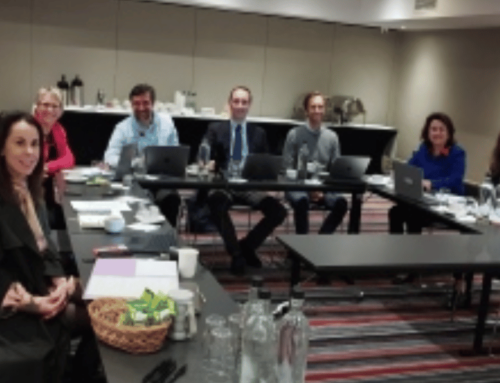Click here to download this report.
The burden of epilepsy in the Western Pacific Region of WHO is as extensive and serious as in any other region of the world. Epidemiological surveys in several countries have shown high incidence and prevalence of epilepsy, with high associated disability and high rates of serious complications, including physical injury and premature mortality. Studies have also demonstrated that most people with epilepsy do not receive appropriate treatment. The treatment gap in less developed countries is an estimated 70% to 95%. Safe, effective and inexpensive medication exists that can control seizures in most people with epilepsy but a range of cultural, economic and other factors can prevent them from receiving the treatment they need.
In 2001, three initiatives came together, marking an unprecedented opportunity to remedy this situation in the Western Pacific Region. These were: (1) continued implementation of the Global Campaign Against Epilepsy (GCAE), launched in 1997; (2) the adoption of epilepsy as a priority in the Regional Strategy for Mental Health which was endorsed by the 52nd Regional Committee of the Western Pacific Region in Brunei Darussalam in September 2001; and (3) the inclusion of epilepsy as a priority condition in the World Health Report 2001.
The GCAE, entitled Out of the shadows, is a joint project of the International League Against Epilepsy (ILAE), the International Bureau for Epilepsy (IBE), and the World Health Organization (WHO). The aims of the GCAE are to reduce the worldwide burden caused by epilepsy by reducing the stigma and ignorance surrounding the disorder and improving treatment, services and prevention.
The first phase of the GCAE emphasized advocacy and raising awareness. Conferences on the public health aspects of epilepsy were organized in various parts of the world, and several Declarations on Epilepsy were adopted. An Asian and Oceanian Declaration was adopted at a meeting of the Asian and Oceanian Epilepsy Organization (AOEO) in New Delhi, India, in November 2000. Following the adoption of that Declaration on Epilepsy (Appendix 4), and the launch of the Second Phase of the Global Campaign in February 2001 in Geneva, many activities have taken place in the Western Pacific Region.
During the second phase, the GCAE is promoting the initiation and implementation of demonstration projects to assess needs for care, develop services and evaluate their Foreword vi Epilepsy in the Western Pacific Region introduction. The first and largest GCAE demonstration project is located in the Western Pacific Region, in central China, covering five provinces and 2.5 million people. The project aims to raise awareness of, and diminish, the treatment gap for epilepsy and to reduce the stigma of epilepsy. Health workers are being trained and low-cost and effective treatments promoted. Initial results of the epidemiological investigations suggest that the prevalence of epilepsy is higher than first thought (7 out of 1000 population) and that the treatment gap is at least 70%.
This project in China was designed to provide an important example for service development and evaluation within the Region. It is evident that the collaboration between ILAE, IBE and WHO has given the GCAE the opportunity to build a framework for concerted action on a global, regional and national level to raise awareness and diminish the treatment gap.
Partnerships between WHO and nongovernmental organizations are clearly the way forward to bring epilepsy out of the shadows as the situation in the Western Pacific Region proves.
Shigeru Omi, M.D., Ph.D.
Regional Director
WHO Regional Office for the Western Pacific
Click here to download this report.





